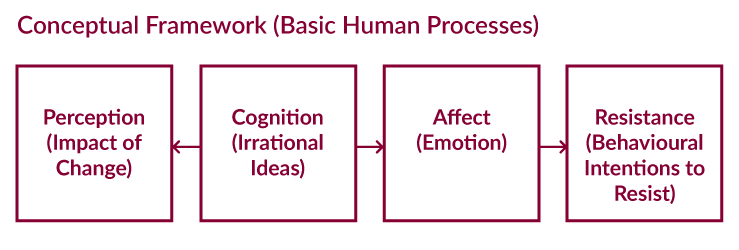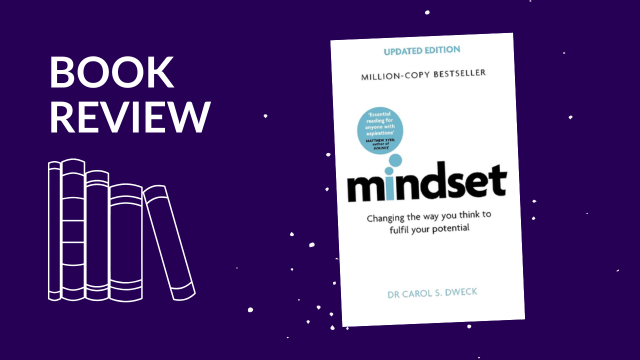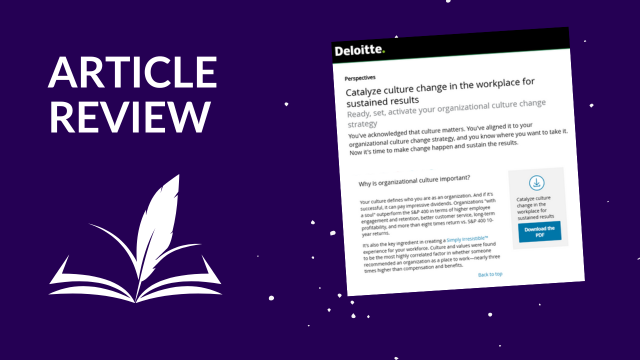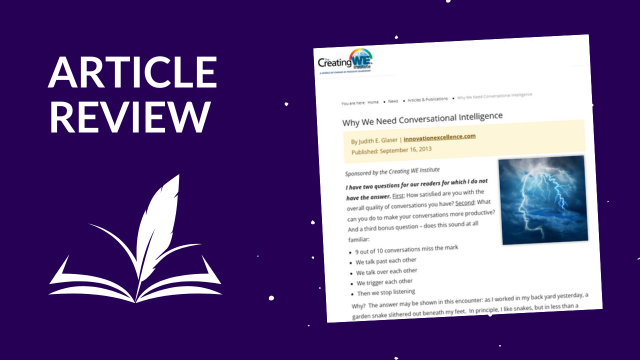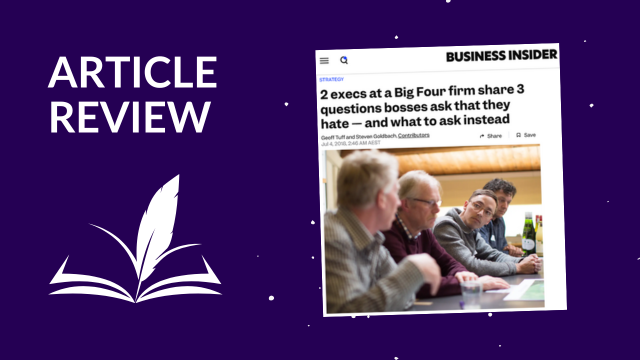Ideas about change resistance have evolved. There is more clarity around the meaning of activities such as participation and communication, as well as more ability to do more things that look like participation and communication with intranets, mobile devices, and social media.
But, despite Marshall McCluhan’s declaration, “The Medium is the Message,” the tests for effective communication and participation are not necessarily the various media channels that are involved but rather the content of the conversation, the intent behind the communicators, the recognition of each employee or stakeholder’s context, and the ability to establish and keep dialogue going.
Each of these factors can have significant impact on the type and level of resistance, potentially impacting the success of a change initiative, and not always in the way we expect. Let’s see what else we can learn about the nature of resistance from these last three of our seven articles over 70 years. (I previously covered four articles from 1940s to 1980s.)
- Waddell, Dianne, and Amrik S. Sohal, (1998) Resistance: a constructive tool for change management, Management Decision, Vol. 36, Iss: 8, pp. 543 – 548.
- Bovey, Wayne H., and Hede, Andy. (2001) Resistance to organizational change: the role of cognitive and affective processes. Leadership & Organizational Development Journal, Vol. 22, No. 8, pp. 372 – 382.
- García-Cabrera, Antonia Mercedes, and García-Barba Hernández, Fernando. (2014) Differentiating the Three Components of Resistance to Change: The Moderating Effect of Organization-Based Self-Esteem on the Employee Involvement-Resistance Relation. Human Resources Development Quarterly, Vol.25, No. 4 (Winter 2014), pp.441 – 469.
The most significant idea to evolve over the time frame from the mid- to late-1900s was the notion that resistance can be a force for good. It represents energy that can be harnessed and move the organization closer to realizing the results it seeks.
Although the first article in Part 2 addresses the role of management in looking at resistance, the next two articles provide different perspectives on resistance to change. They reflect some shifting in academic research areas to the emotional aspects of change and their relationship to resistance.
Now let’s take a closer look at each article to see what takeaways exist for change management professionals.
What Does This Mean for Practitioners?
Resistance: a constructive tool for change management (Waddell and Sohal, 1998)
Early theorists looked at resistance as one-dimensional—a negative feature impeding change. Waddell and Sohal emphasize the multi-faceted nature of resistance—especially its complexity and the need to understand the multiple factors that are at play with a resistant workforce—rational, non-rational, political, and management factors.
The researchers cite evidence that resistance may be useful. They provide five significant advantages of resistance in a change initiative that should give change practitioners pause for thought:
1. Resistance counteracts the flawed thinking that all change is good in and of itself.
–
2. Resistance helps to ensure “constancy” in an organization by pushing back against strong external demands for change, thereby providing the stabilizing keel that keeps the boat from capsizing.
–
3. Resistance can shine a spotlight on aspects of a proposed change that are inappropriate, not necessary, or off-culture. This spotlight provides an opportunity for all stakeholders to search for alternative “methods and outcomes”— potentially resulting in increased innovation.
–
4. Resistance contributes to the process of implementing an initiative by providing an influx of energy where perhaps there was apathy such as that seen in “program du jour” thinking.
–
5. Resistance encourages a greater scrutiny of alternatives and thinking around any idea—the age old role of the “devil’s advocate.”
Waddell and Sohal place much of the blame for underutilized resistance on the shoulders of managers who have a mandate to manage the change process with their reports. Although two-way communication, information sharing and consultation with employees are clearly shown to be great contributors to managing resistance and optimizing its positives, managers continue to view resistance as the enemy of change and use employee participation in its weakest form to try and overcome it.
Here is an area in which change management professionals can use their coaching skills to ensure that employee engagement programs are robust and authentic.
Because taking an adversarial approach to resistance has little support in the research, change management professionals should incorporate activities for utilizing resistance along with their overall strategy and plan. Invite the resistors into the ongoing dialogue in order to better understand the issues, evaluate the proposed change benefits, and identify more creative ways to implement the change or make use of the change process.
Resistance to organizational change: the role of cognitive and affective processes (Bovey and Hede, 2001)
This article represents the movement from purely technical and business approaches to change to include the equally important human factors. Because successful individual change is inextricably linked to successful organizational change, it is important for change management practitioners to understand the individual factors influencing behaviors, including their own.
Bovey and Hede studied the relationship between an individual’s cognitive and affective processes and their level of resistance to change. The causal relationship between basic human processes that they chose as their conceptual framework is illustrated below.
The direction of arrows indicates their proposed theory that irrational ideas (stemming from internalized cognitive distortions) lead to a distorted perception of the impact of change, arouse emotions that may be over-reactive, which then lead to behaviors associated with resistance.
Their research was conducted with nine organizations undergoing major organizational change. Bovey and Hede acknowledge that their study and its findings have limitations from its size, the absence of other variables that may impact resistance, and the use of subjective reporting. However, their results still warrant attention, especially because it is becoming increasingly evident that no organization changes absent of its workforce.
Their findings support a “balanced approach to managing change”—addressing the individual human issues as well as the technical and business elements by providing opportunities for personal growth and development and encouraging all employees to participate in them.
This applies as well to change practitioners who might recognize cognitive distortions in themselves and work to correct their own irrational ideas as they work with others in the organization experiencing similar reactions. The article offers a number of specific strategies to consider when working with individuals displaying cognitive distortions.
Differentiating the Three Components of Resistance to Change (García-Cabrera and García-Barba Hernández, 2014)
As with both of the previous articles, this article offers new insight into the multi-dimensional nature of resistance. Garcia-Cabrera and Garcia-Barba Hernandez identify three dimensions of resistance to change as resistant thought, resistant feeling, and resistant behavior.
The intent of the study was to look at the effect of key variables on one or more of the three dimensions—communication and participation, the perception of benefits from the change, and the moderating effect of Organization-Based Self-Esteem.
Organization-Based Self-Esteem (OBSE) is “the individual’s perception of their own value in the organization and the extent to which they are competent to act there.”
Their study establishes that each of the forms of resistance has a different antecedent (something that immediately precedes). The study also provides some insight into why a manager’s use of equal measures of employee involvement does not have the same effect on all employees.
It also establishes that a higher level of OBSE has a moderating effect on all forms of resistance. This has long-term implications for organizations—none of which will escape changes over time. Organizations who manage employees’ OBSE early on and over time can expect that they will be able to implement change with less duress, if they give attention to specific actions designed to address each dimension of resistance.
Change management professionals may find the authors’ presentation of the theoretical background behind employee involvement, specifically related to participation and communication, of interest. Their research indicates that “the greater and clearer the information employees receive and the greater their participation in the change, the weaker their resistant thought.”
The authors also reference other individuals whose work combines to provide a practical list of characteristics of effective message around change:
- The specific changes being planned, especially the essence of the change
– - Management’s support for the change
– - The results expected
– - How the changes will affect the employees’ interests
– - Especially important, the support mechanisms that will be provided to minimize the negative impact of change
It is evident from reviewing articles spanning nearly 70 years that resistance is a staple on the organizational change menu. But how that staple can be viewed, accessed, and utilized can turn a staple into the main ingredient for a better change initiative. What have you read that has given you new insight into this change staple?
(Image Credit: GraphicStock)


